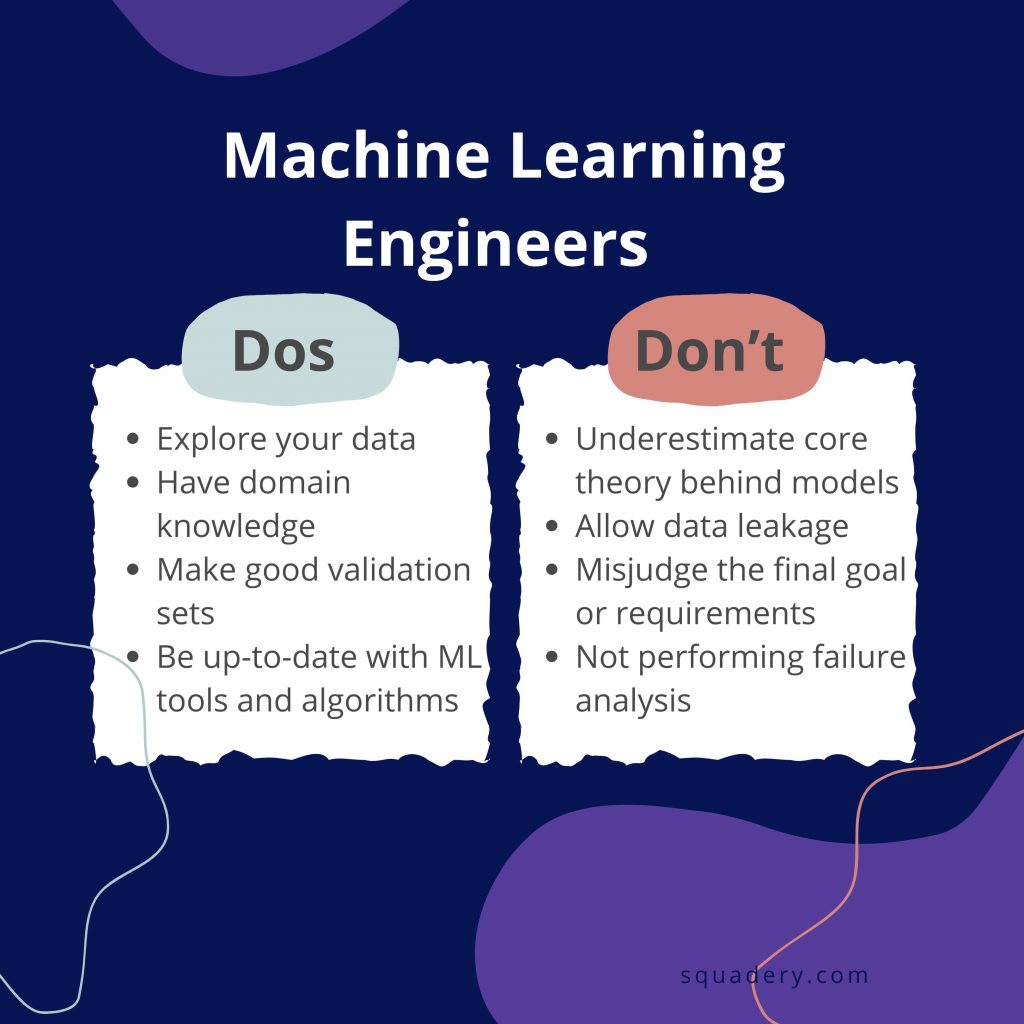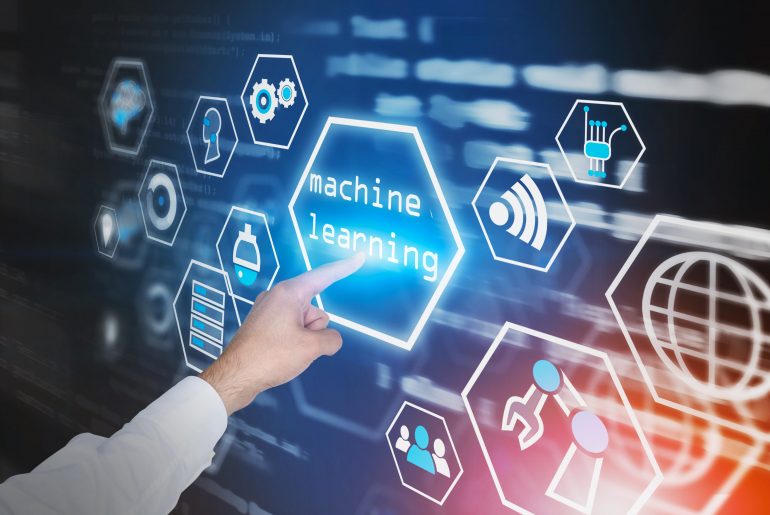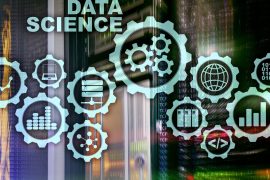Machine learning (ML) is a skill of the future. ML engineers are in demand across industries around the world. According to the World Economic Forum, it’ll soon be one of the most pursued careers. Every AI/ML engineer starts their professional journey differently. Learning the fundamentals, familiarizing with new tools, concepts and technologies, and working on ML models are all part of the process.
ML engineers face different types of data, process, and modeling issues while on projects. Don’t be discouraged — these are preventable. Making a habit of discovering such mistakes and learning from them is the best way to progress. Let’s learn and understand what it takes to be an ML engineer.
Key roles and responsibilities of ML engineers
- Design and develop ML systems
- Study and convert data science prototypes
- Perform statistical analysis, optimize models using test results
- Train and re-train machine learning systems and models
- Research, implement and experiment with ML tools and algorithms
- Develop ML integrated applications to fulfill client requirements
- Enrich and extend existing machine learning libraries and frameworks
- Study and analyze different use-cases of ML and its problem-solving capabilities
ML Engineer Requirements in 2022
There is no single path to becoming an ML engineer. You can start by taking ML courses online, joining a fellowship program, which are amongst the most common pathways. To work on a real-world project, you need to have a certain level of expertise. Here are some requirements for industry-readiness and pursuing a career in machine learning.
- Advanced degree in computer science/statistics/math or related discipline
- Statistics and math skills (linear algebra, Bayesian statistics, calculus, etc.)
- Skills and experience in data modeling and data architecture
- Programming skills with experience in most in-demand AI programming languages
- Experience working with ML and big data frameworks and libraries (TensorFlow, Keras, Hadoop, Spark, Flume, etc.)
- Interpersonal, communication, and collaboration skills
If you are ready to make a new career move in AI and data science, check our Squadery. Sign up today and explore the best remote jobs in the top US companies.
Common Mistakes to Avoid
Not spending enough time exploring your data
Data is necessary to train, test, or apply ML models. Sometimes ML engineers forget to pay attention to their data which causes them to miss useful insights. When exploring data, understand the variables and anticipate future data distribution. Be on alert for any data leakage which might affect results at the time of prediction. Using exploratory data analysis techniques (EDA), look for specific anomalies such as errors, duplication, and missing values, and if possible, confirm with the data creators and owners.
Focusing just on theory
Theory can only take you so far while working on real-world ML projects. As a subfield of AI, ML requires practice. You can research and create a new sequencing algorithm, but you can only find out its effectiveness through testing with data. By applying your theories to models through programming, ML engineers will be better equipped to tackle complicated business problems.

Underestimating the Core theory behind ML models
While having practical knowledge is critical, don’t ignore theory either. Balance algorithm applications and know what it is created for. ML engineers don’t need a Ph.D. to develop models, but to deliver better results, core knowledge is useful. Studying books and documents is time-consuming but will pay off in the long run, separating the good engineers from the great.
Not understanding the value of domain knowledge
You might incorporate domain knowledge mostly with data science, but it is equally important in machine learning. Domain knowledge helps engineers discover appropriate methods for data preprocessing. It can be a contributing factor toward building powerful data-driven applications. Try to get insights from experts who have spent considerable time studying or working in a certain field. You will be able to make better ML models with these insights.
Not making a good validation set
A good validation set in machine learning is representative of the real world while conducting experiments. Without it, your metrics and scores will be of little use. Testing the ML model against unseen data increases its generalization capability in a highly iterative environment. A good practice for new ML engineers is to make a cross-validation set when possible, which helps avoid biased evaluation.
Tips to avoid these mistakes
- ML is all about representation, evaluation, and optimization, always be open to learning new techniques
- Alternate between theory and practice. A good balance is important for ML engineers to thrive
- It’s always a good idea to spend more time understanding the theory behind ML models
- Domain knowledge affects effectiveness. Be aware of how your data is collected more
- Remember, good model performance results in good feature engineering
- More data is the key to improvements through cleverer algorithms
Bottom Line
For anyone with a background that combines research, data science, and software engineering, ML jobs are future-proof. Being cognizant of these common mistakes will help ensure success. One such measure you can take is joining Squadery, a dedicated platform for AI professionals around the world, linking them to the best remote jobs in the US.
Want to learn more about Squadery? Click here.





